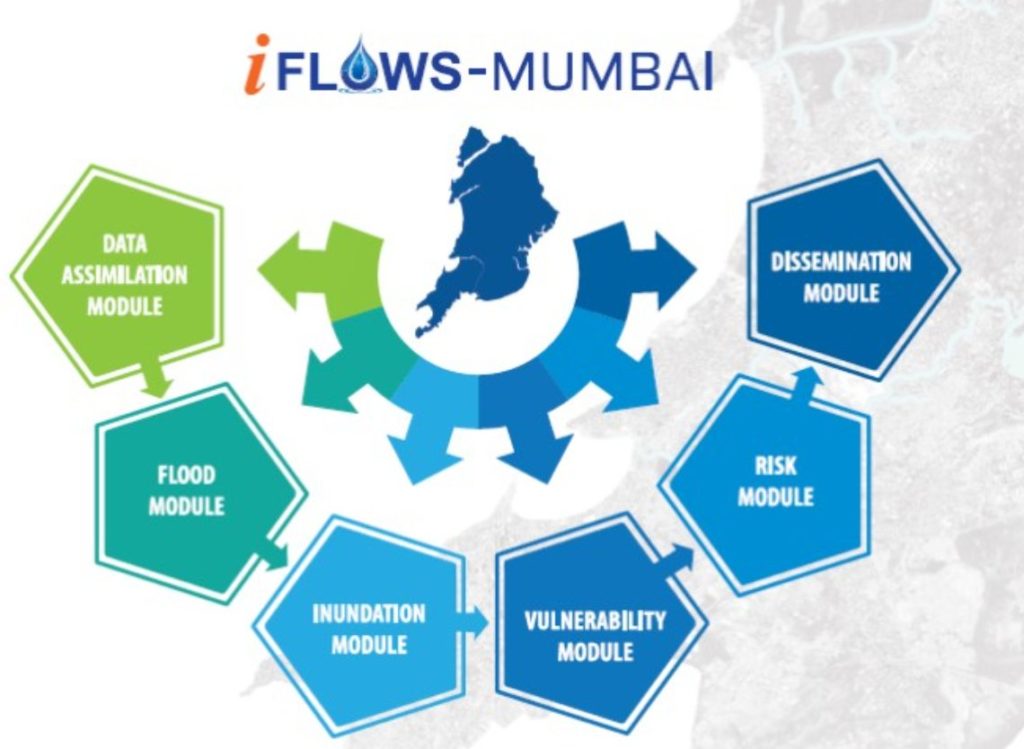7667766266
enquiry@shankarias.in
Why in news?
Maharashtra’s CM and Union Minister for Health and Family Welfare, Science and Technology recently launched an Integrated Flood Warning System called ‘IFLOWS-Mumbai’.
What is ‘IFLOWS-Mumbai’?
How does it work?

What is the need?
Source: Indian Express